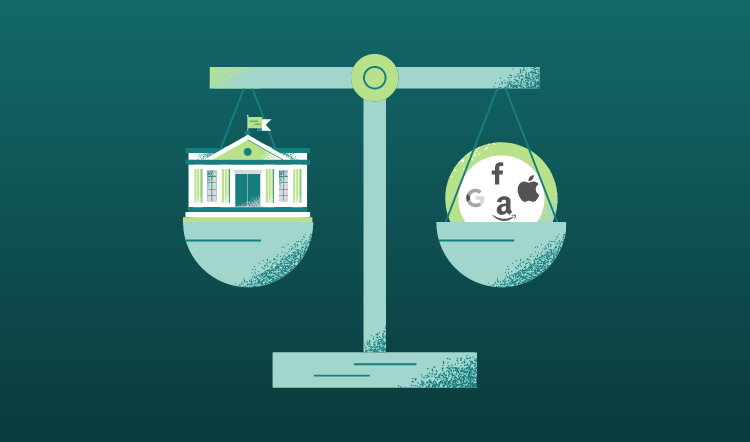Finance Everywhere, Member Exclusive
Is partnering with Big Tech an opportunity for banks?
- The decision to partner with Big Tech companies is not a simple one for banks to make.
- There are many issues to consider, including disintermediation, customer loyalty and regulation.








